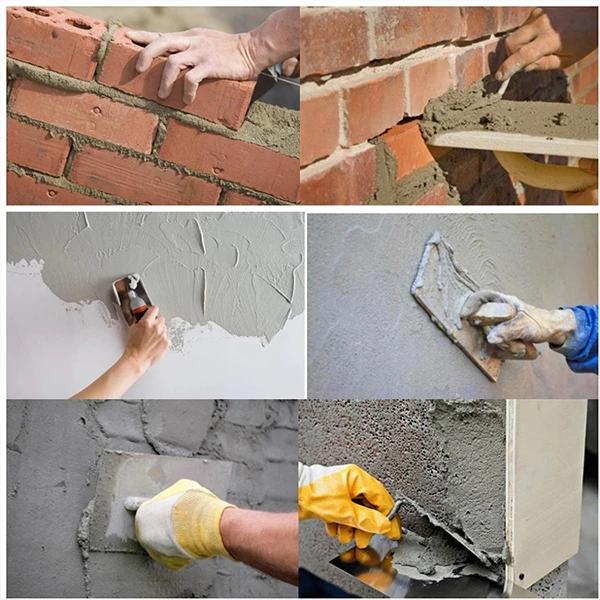The Role of Chemical Composition in Cement Production and Quality
Cement is one of the most vital materials in the construction industry, serving as the binding agent in concrete, mortar, and various construction mixes. The chemical composition of cement significantly influences its properties, performance, and durability. Understanding these chemical components is crucial for manufacturers and engineers alike, as this knowledge enables them to produce cements that meet specific engineering requirements.
The Basic Composition of Cement
Cement is primarily manufactured from a mixture of limestone, clay, and other materials, which are heated in a kiln to form clinker. This clinker is then ground into a fine powder, resulting in the familiar product referred to as cement. The primary chemical compounds in cement include
1. Tricalcium Silicate (C3S) This compound is responsible for the early strength of cement and hydration. C3S hydrates rapidly, releasing heat, which is essential for the initial setting of concrete.
2. Dicalcium Silicate (C2S) This compound contributes to the strength of cement over a longer period. While it hydrates more slowly than C3S, it reacts with water over time, providing durability and longevity to concrete structures.
3. Tricalcium Aluminate (C3A) This compound reacts quickly with water and contributes to the early setting and hardening of cement. However, it can lead to efflorescence and is susceptible to sulfate attack, which can degrade concrete in certain environments.
4. Tetracalcium Aluminoferrite (C4AF) This compound influences the color of cement and helps to reduce the clinkering temperature. C4AF typically plays a minor role in strength development compared to C3S and C2S but still contributes to the overall performance of cement.
The Importance of Chemical Composition
cement chemical

The chemical composition of cement can significantly affect its characteristics, such as setting time, strength gain, and resistance to chemical attacks. Different environments and requirements necessitate specific types of cements with tailored chemical compositions. For instance
- Sulphate-Resistant Cement In areas with high sulfate levels, such as soils or groundwater, using a cement with lower C3A content can prevent damage caused by sulfate attack.
- Rapid-Setting Cement For projects requiring quick turnaround times, high C3S content will enhance early strength development, allowing for faster construction schedules.
- Specialty Cements For unique applications, such as oil well cementing or high-temperature environments, modified chemical compositions may be employed to ensure performance under challenging conditions.
Quality Control and Testing
To ensure that cement meets specific standards and requirements, rigorous quality control measures are essential. The chemical composition of cement is analyzed using various laboratory techniques, including X-ray fluorescence (XRF) and scanning electron microscopy (SEM). These methods allow manufacturers to monitor and adjust the production process to achieve the desired chemical balance.
Moreover, the long-term performance of cement is evaluated through durability tests, such as resistance to chloride penetration, freeze-thaw cycles, and sulfates. Such evaluations help predict how well different chemical compositions will perform in practical applications, ensuring the longevity and safety of structures.
Conclusion
In summary, the chemical composition of cement plays a critical role in determining its performance and suitability for various construction applications. By understanding the individual components and their interactions, manufacturers can design and produce specialized cements that meet engineering needs while ensuring durability and sustainability. As the construction industry continues to evolve, research into optimizing cement’s chemical properties remains essential, paving the way for innovations that enhance both performance and environmental responsibility in cement production.
-
The Application and Significance of Construction RdpNewsMay.19,2025
-
Industrial Grade HpmcNewsMay.19,2025
-
Building Coating Adhesive Building Coating Adhesive HpmcNewsMay.19,2025
-
Application Of Hpmc For Detergent For Detergent In DetergentsNewsMay.19,2025
-
Application Of Hpmc Cellulose In Cement-Based MaterialsNewsMay.19,2025
-
Application Of High Quality Hpmc For Construction In The Field Of ConstructionNewsMay.19,2025




